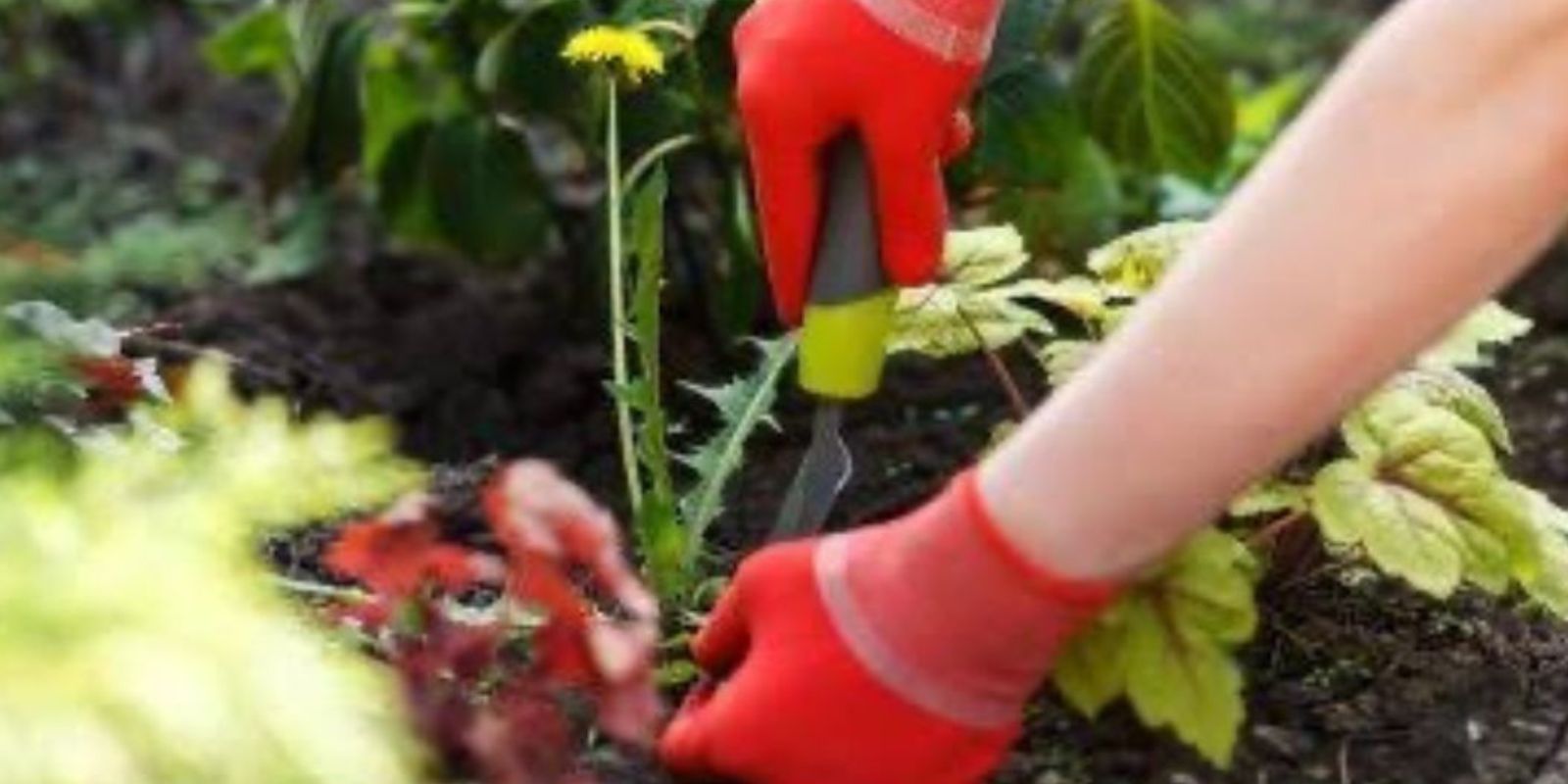When we think of gardening, the term “weed” often comes with a negative connotation. These plants are typically seen as invasive, unwanted intruders in an otherwise well-maintained garden. But what if some of these so-called weeds were actually valuable treasures waiting to be discovered? There’s one plant, often dismissed and pulled out without a second thought, that deserves a closer look. This humble “weed” is packed with benefits—for your garden, your health, and even your dinner table. Let’s explore why you should stop treating it as a nuisance and start seeing it as a hidden gem.
What Makes a Weed a Treasure?
The plant in question is often overlooked simply because of where it grows: cracks in the pavement, the edges of garden beds, or untended patches of soil. However, this resilient survivor offers numerous advantages:
- Nutritional Value: Many of these plants are rich in vitamins, minerals, and antioxidants. For example, purslane—a common “weed”—is packed with omega-3 fatty acids, making it a superfood in disguise.
- Soil Health: Some weeds act as natural soil conditioners. Their deep roots can break up compacted soil, bringing nutrients to the surface and improving aeration.
- Pollinator Haven: Certain “weeds” bloom with small flowers that attract bees, butterflies, and other beneficial pollinators to your garden.
- Medicinal Properties: Throughout history, traditional medicine has relied on plants that many of us now consider weeds. They can be used to treat minor ailments, soothe skin irritations, or boost immunity.
Identifying the Treasure in Your Yard
Before pulling out a so-called weed, take a moment to identify it. Here’s how to start:
- Observe its growth: Look for plants with unique features like small edible leaves, flowers, or distinctive scents.
- Research: Use gardening books, apps, or online resources to learn about the plant species in your region.
- Consult Experts: Visit a local gardening center or connect with a plant expert to confirm its identity.
Some examples of commonly misjudged “weeds” include dandelions, purslane, chickweed, and nettle.
How to Make the Most of This Plant
Once identified, here’s how to unlock its full potential:
1. In the Garden
- Green Mulch: Chop the plant into smaller pieces and layer it over your garden beds. This will decompose and add organic matter to the soil.
- Compost Material: Use this plant as a nitrogen-rich component for your compost pile.
- Soil Health: Let some plants grow to improve soil structure, especially if they have long taproots.
2. In the Kitchen
- Edible Uses: Many weeds are edible and delicious. For example, you can toss dandelion greens into a salad, sauté purslane with garlic, or brew a tea from nettle leaves.
- Nutritional Benefits: These plants often contain more nutrients than cultivated greens like spinach or kale.
3. For Your Health
- Medicinal Benefits: Some weeds have anti-inflammatory, antimicrobial, or detoxifying properties. Use them in home remedies or herbal infusions to support your health naturally.
- Skin Care: Create soothing balms or poultices to treat minor cuts or skin irritations.
How to Grow and Control It
If you find the plant useful, consider cultivating it intentionally while managing its growth to prevent it from taking over your garden.
- Harvest Regularly: Frequent harvesting keeps the plant in check and ensures it doesn’t spread excessively.
- Provide Space: Grow it in a designated area, such as a container or a specific patch of your garden.
- Seed Management: Allow some plants to go to seed for natural propagation but collect the seeds before they spread uncontrollably.
Common Concerns About Weeds
1. Won’t They Overrun My Garden?
If left unchecked, some weeds can spread aggressively. The key is regular maintenance and strategic harvesting to keep them under control.
2. Are They Safe to Eat?
Not all weeds are edible or safe for consumption. Always research the plant thoroughly and ensure it’s free of pesticides or contaminants before eating.
3. Will They Harm Other Plants?
While some weeds compete for resources, others can coexist peacefully. Understanding the specific plant’s behavior will help you decide how to manage it.
Why This Approach Matters
Reframing how we view weeds is not just about saving time in the garden—it’s also about embracing sustainability. By recognizing the value of these plants, we reduce waste, improve soil health, and even save money on fertilizers and supplements. Additionally, cultivating a more inclusive garden that welcomes diverse plant species supports local ecosystems and promotes biodiversity.
A Minimalist’s Dream: Focus on One Plant
For those who prefer a simpler approach, consider the beauty of growing just one plant. By focusing on a single weed—like a vibrant purslane in a water container or a dandelion in a pot—you create a centerpiece that showcases the plant’s unique beauty and utility.
Steps to Try This Minimalist Method:
- Choose the Plant: Pick a “weed” that thrives in your local climate and offers multiple benefits.
- Select a Container: Use a pot or container to keep it contained and easy to manage.
- Water Smartly: Ensure proper drainage and avoid overwatering.
- Showcase Elegance: Highlight the plant’s natural beauty as a conversation starter in your garden.
The Bigger Picture: Rethinking Gardening Norms
Cultivating a weed doesn’t mean neglecting your garden—it means redefining what it means to grow and nurture plants. When we break away from rigid gardening norms, we open ourselves up to new possibilities and deeper connections with nature.
Conclusion: A Treasure in Disguise
What many dismiss as a nuisance could become one of the most valuable plants in your garden. From enriching the soil to providing nutrition and natural remedies, this overlooked treasure deserves recognition. By identifying, utilizing, and cultivating it wisely, you transform a weed into a source of beauty, sustainability, and abundance.
💬 What’s the most surprising discovery you’ve made in your garden? Share your experiences below! Let’s redefine what it means to “weed out” the treasures around us.
#HiddenGardenGems #WeedOrWonder #GardeningWithPurpose #SustainableGardening #PlantWisdom

